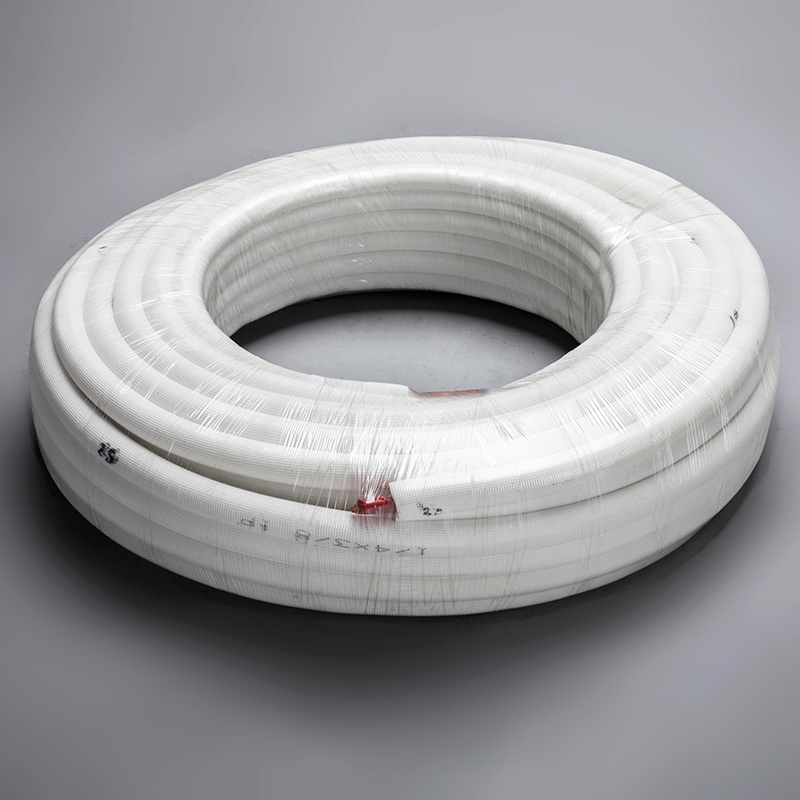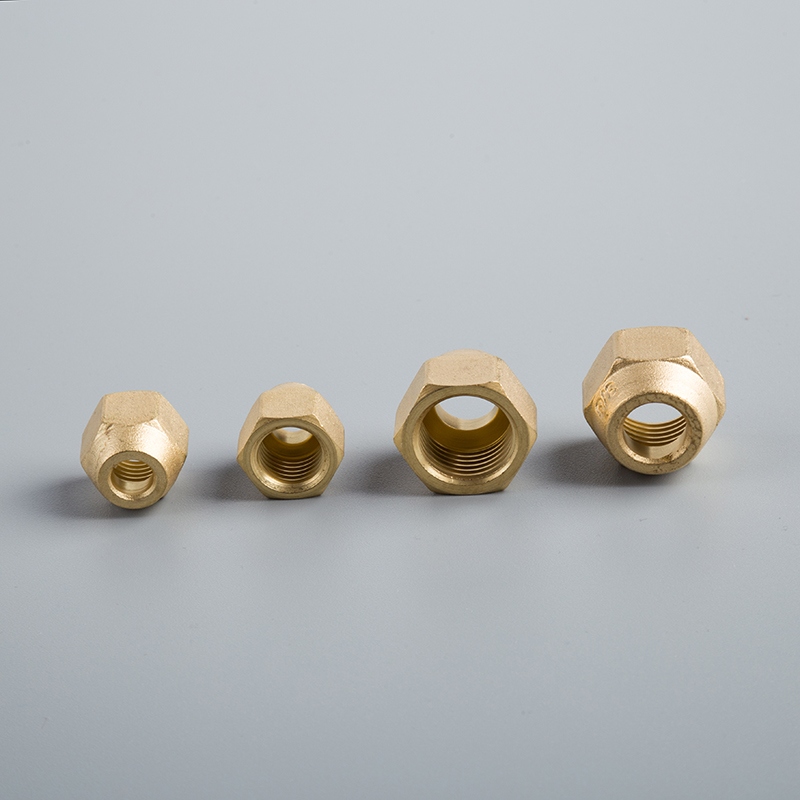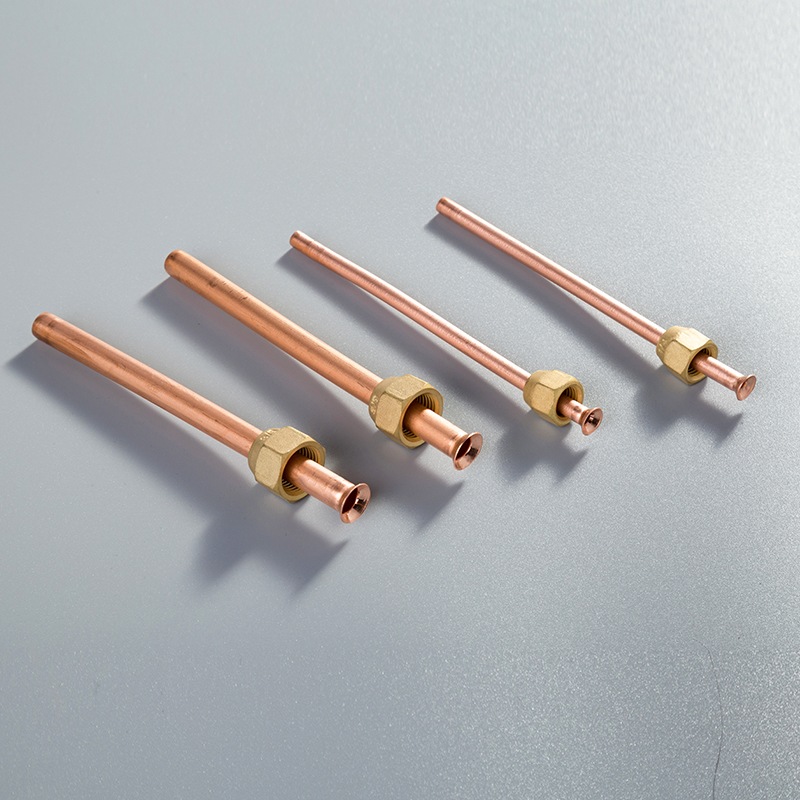Complete Guide to Choosing the Best Copper Pipes for AC

Selecting the right copper pipes for AC systems is paramount in ensuring optimal performance and longevity. This comprehensive Guide delves into the nuances of Choosing the Best Air Conditioning Copper Pipes, offering valuable insights for both professionals and enthusiasts. With a focus on efficiency and durability, this Guide covers everything from types of copper pipes to installation tips. Embrace the benefits of using copper pipes in AC systems, such as superior heat transfer and corrosion resistance, as we navigate through this informative journey.
Understanding Copper Pipes

When it comes to Types of Copper Pipes, there are several varieties to consider for AC systems. Type K Copper Pipes are known for their exceptional strength and durability, making them ideal for high-pressure applications. On the other hand, Type L Copper Pipes offer a balance between strength and cost-effectiveness, suitable for various residential and commercial projects. Type M Copper Pipes, with their thinner walls, are commonly used in low-pressure applications where cost is a significant factor. Additionally, ACR Copper Pipes specifically designed for air conditioning and refrigeration systems provide excellent thermal conductivity and corrosion resistance.
Exploring the Properties of Copper Pipes, one can appreciate their inherent qualities that make them indispensable in AC systems. The durability of copper pipes ensures long-term reliability, withstanding environmental factors and internal pressures effectively. Moreover, the exceptional thermal conductivity of copper facilitates efficient heat transfer within AC systems, enhancing overall performance. Furthermore, the corrosion resistance of copper pipes guarantees longevity by preventing degradation over time.
In terms of Common Applications in AC Systems, copper pipes play a vital role across different sectors. In Residential AC Systems, copper pipes are widely used due to their reliability and ease of installation, providing homeowners with efficient cooling solutions. For Commercial AC Systems, the versatility and durability of copper pipes make them a preferred choice for maintaining consistent cooling in various establishments. In Industrial AC Systems, where robustness is key, copper pipes excel in handling high pressures and demanding conditions with ease.
Factors to Consider When Choosing Copper Pipes
When selecting Copper Pipes for air conditioning systems, it is essential to consider various factors that can impact the efficiency and longevity of the HVAC setup. From Pipe Size and Thickness to Compatibility with AC Refrigerants and Cost Considerations, each aspect plays a crucial role in determining the overall performance of the system.
Pipe Size and Thickness
Understanding the Sizing Guidelines is paramount as it directly influences the flow rate and pressure within the AC system.
Adhering to specific Thickness Standards ensures structural integrity and durability, especially in high-pressure environments.
Compatibility with AC Refrigerants
Recognizing the types of Common Refrigerants Used is vital for selecting copper pipes that can withstand their chemical properties.
Addressing potential Compatibility Issues between copper pipes and refrigerants is crucial to prevent corrosion or leaks in the system.
Cost Considerations
Evaluating the Initial Cost of copper pipes involves considering not just the purchase price but also installation expenses.
Assessing the Long-term Cost Efficiency is key, as durable copper pipes may prove more cost-effective over time due to their longevity and minimal maintenance requirements.
Environmental Impact
Sustainability of Copper
Copper's sustainability is a cornerstone of its value in HVAC systems.
The material's recyclability and reusability contribute to environmental conservation.
Utilizing copper pipes promotes sustainable practices within the industry.
Recycling and Reusability
The recycling process for copper pipes involves melting down old materials to create new ones.
Reusing copper pipes reduces waste and minimizes the need for new production.
Embracing recycling and reusability initiatives ensures a greener approach to HVAC installations.
Installation and Maintenance Tips

Proper Installation Techniques
To ensure the longevity and efficiency of your AC system, Proper Installation Techniques are paramount. Precision in Cutting and Bending copper pipes is crucial for seamless integration within the system. By utilizing accurate measurements and tools, you can guarantee a secure fit that minimizes potential leaks or inefficiencies. Additionally, mastering various Joining Methods such as soldering or brazing will enhance the structural integrity of the connections, providing a reliable network for refrigerant flow.
Maintenance Best Practices
Maintaining your AC system through Regular Inspections is essential for early detection of any potential issues. Conducting routine checks on the copper pipes for signs of wear or corrosion can prevent major malfunctions down the line. Moreover, prioritizing Cleaning and Upkeep of the pipes ensures optimal performance by removing any debris or buildup that could impede airflow. By adhering to a consistent maintenance schedule, you can prolong the lifespan of your AC system and avoid costly repairs.
Troubleshooting Common Issues
In the event of operational challenges with your AC system, knowing how to troubleshoot Common Issues related to copper pipes is invaluable. Implementing effective methods for Leak Detection, such as pressure testing or visual inspections, can pinpoint areas of concern before they escalate into larger problems. Furthermore, practicing Corrosion Prevention techniques like applying protective coatings or using corrosion-resistant materials can safeguard your copper pipes against environmental factors that may compromise their integrity.
In summarizing the intricate details explored in this Guide to Choosing the Best Air Conditioning Copper Pipes, one must prioritize selecting copper pipes for their unparalleled durability, corrosion resistance, and efficient heat transfer properties. The importance of making informed decisions when it comes to copper pipes cannot be overstated. For final insights, readers are encouraged to seek professional advice tailored to their specific AC system requirements.
See Also
Benefits of Opting for Copper Tubing in Air Conditioning
Importance of Copper Piping for Effective Air Conditioning
Essential Tips for Selecting Quality Copper Pipe Connectors


